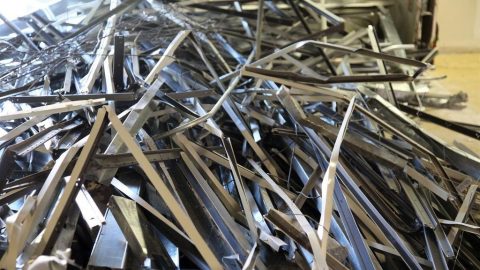
Enterprises need to find the reason for the scrap
According to Lavoisier’s principle, nothing is created, everything is transformed (ie, ne se cree, tout se transforme). Turning them into raw materials will save basic resources like minerals, agricultural products, seafood or forestry products. Currently, these fabrics are popular with consumers because they are comfortable, light, less dirty and very warm.
For any manufacturer, reducing the amount of scrap in the production process is also necessary. Faced with this problem, many manufacturers often set a scrap percentage equivalent to the amount of input material to evaluate whether their line is operating effectively. However, the scrap/material ratio is only a small factor to evaluate the overall performance. Therefore, the creation of many scrap is not necessarily due to a large amount of input materials.
The problem of reality: Scrap reduction is not an option
A global-scale metal producer shared with InfinityQS experts that they were facing a big problem: the average scrap percentage in the factory reached 45%. In the complex Aluminum production area, with large aluminum plates, ensuring the recovery of finished products equivalent to 50% of the original material is not an easy job. In fact, no organization expects such a large amount of scrap. However, to ensure quality, and if no remedy is found, such losses are inevitable.
Scrap at this level makes the company much more costly than the price of the product. The organization was forced to spend more on checking and reviewing the entire process to find major bottlenecks. The quality management team also has a headache to find ways to deal with failed products.
There is a need to focus more on the source of the scrap
When the company called InfinityQS for assistance, experts immediately approached from the areas with the largest scrap percentage. They start by collecting data using statistical methods (SPC). Quality data show that the amount of scrap is different for each line, each shift or even each operator. Next, thanks to the application of smart factory solutions, experts have reviewed and analyzed data in real time to find the cause of scrap production in the field. This is not a simple job because the amount of data to be processed is very large.
The newly collected data paints a comprehensive picture of errors and waste in the production process. Also open up opportunities for improvement across the line.
Productivity and Quality Office